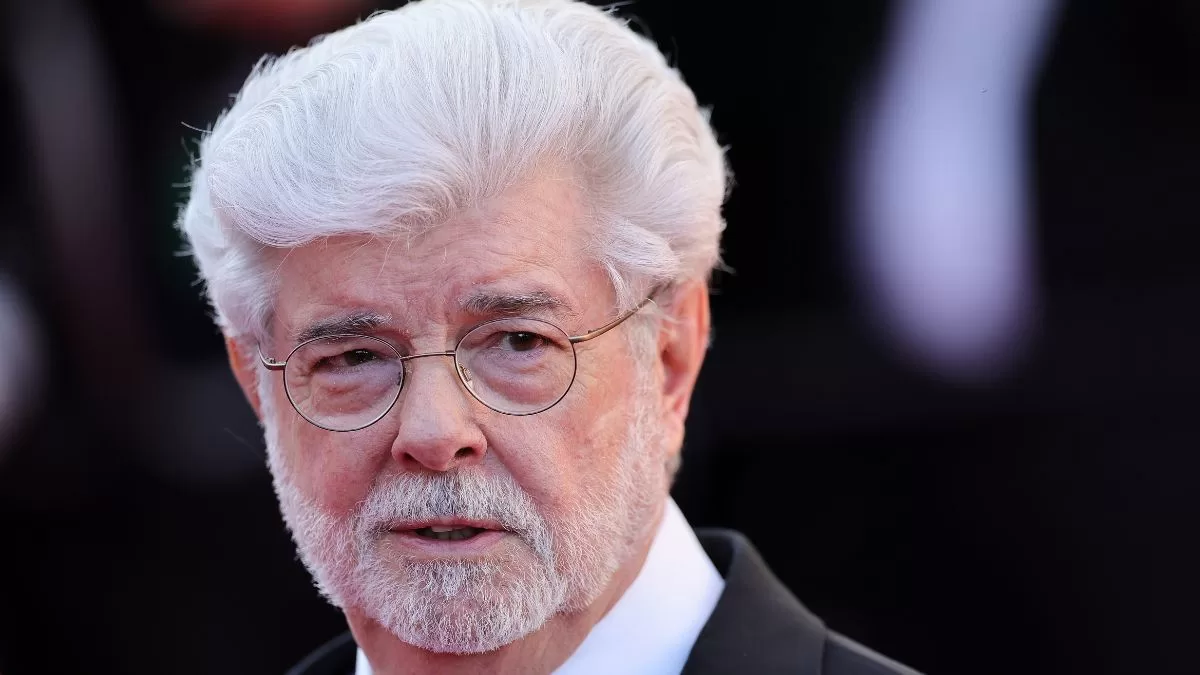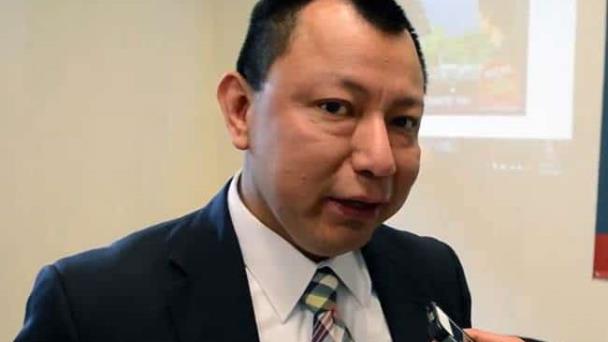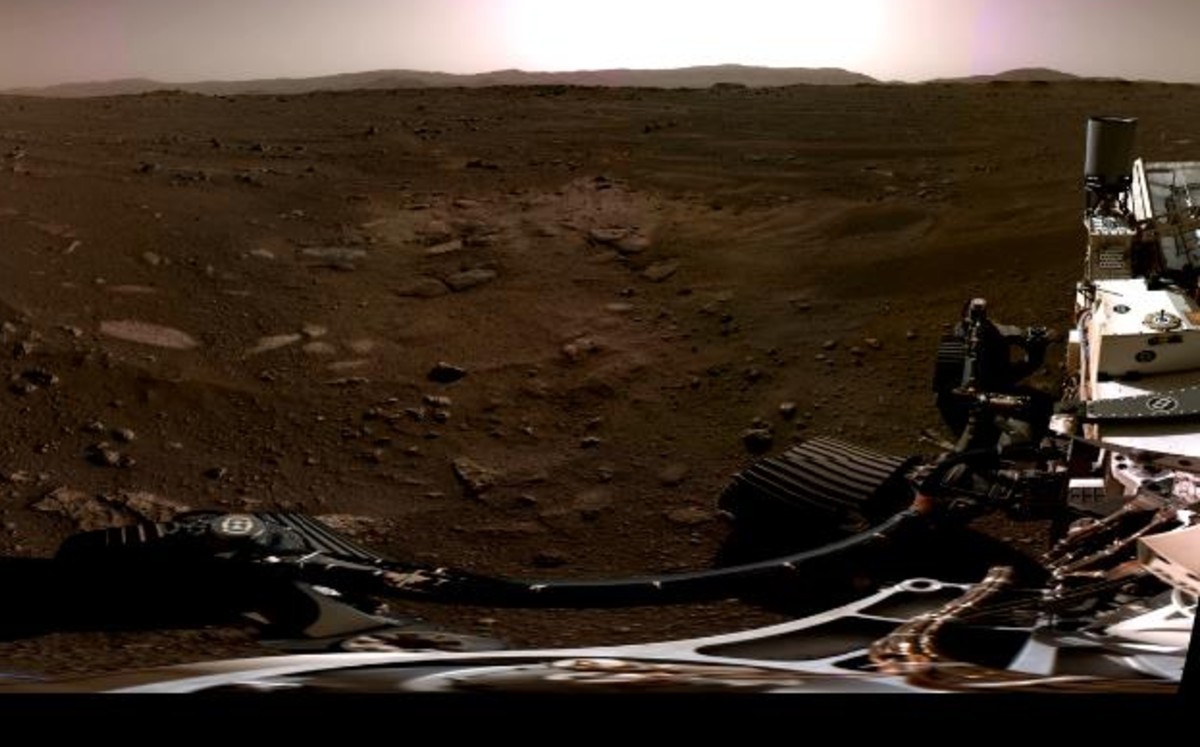In April 1961 Yuri gagarin completed a return to our planet aboard the Vostok spacecraft. The Soviet pilot, with the not very imposing height of meter fifty-seven, became the first human being to venture into space by flying for an hour and a half around the Earth.
Of humble origins, Gagarin suffered Nazi occupation when in 1941 a German officer took over the house where he lived with his parents and siblings. They were allowed to build a three by three meter room at the rear where they lived until the end of the German invasion of Russia.
Gagarin would turn 87 on March 9, but died when he was just 34 in a plane crash also in March.
Cosmonaut Gagarin visited our country in October 1963, on the occasion of an international aeronautical congress. He arrived in Mexico City accompanied by Valentina tereshkova, the first woman to fly into space and both were received by the president Adolfo López Mateos.
It is said that the American president John F. Kennedy He forbade him to visit the United States as a reaction to the great popularity that the cosmonaut acquired in the middle of the Cold War. But that would not be the only manifestation of aversion. In 2011 the United Nations proclaimed that April 12 would be celebrated annually as the International Day of Space Flight. It is also the anniversary of Yuri Gagarin’s lonely flight, but still last year the newspaper Los Angeles Times reported how the Russian Foreign Ministry expressed its discomfort with the US State Department for not mentioning cosmonaut Gagarin in his post that day on manned space flight.
In the aforementioned publication, the State Department of the US government recalled that 59 years had passed since the first space flight, but without giving more details.
Before Yuri Gagarin performed the feat that started a new era in the conquest of space, the Russians had placed a satellite in orbit. Sputnik soared through the night sky since 1957 and did so during the 1960s. Since then the first artificial satellite has given names to places, programs, organizations and also to a vaccine that shares not only the name but also the first place to reach society as a scientific and technological advance. The Sputnik V vaccine (where V stands for Vaccine) began testing in June last year, and Russian national approval was announced by August.
The Russians were also the first to put a space station into operation. In chemistry they have been the first to produce the heaviest artificial elements that exist: tenese and oganeson – among other synthetic elements. They reached the moon before anyone else in 1959 with the Luna 2 probe, they built electric lamps before they Thomas alva edison among many other examples that show that Russia is a country with a scientific and technological tradition even though its advances have not always been well received in the West.
In 1970 the Russian Svyatoslav Fyodorov invented a procedure to treat myopia with radial cuts in the cornea. The effect it achieved was to modify the curvature by reducing the concavity of the eye to make it focus on the retina and thus improve distant vision. The technique soon became popular and the ophthalmologist became a pioneer of radial keratotomy, laying the groundwork for the refractive surgery that is practiced today.
In 1980 the National Institutes of Health (NIH) sponsored a study to determine the adverse effects of radial keratotomy. In this way, they found that the procedure could cause blurred vision and ongoing pain. In addition, the recovery time reached six months. However, the procedure is currently in wide and routine use in improving vision around the world.
The Sputnik V vaccine has also been treated with disdain by Americans. The institute where it was developed has also produced a vaccine against Ebola and another against the Middle East respiratory syndrome coronavirus (MERS).
Meanwhile we remember that April 12 will mark the 60th anniversary of the fact that, at 6:07 a.m., Yuri Gagarin was launched into space for a journey of just over an hour and a half. While he was flying he uttered the famous phrase: “The Earth is blue.”
When he returned after circling our planet, he was ejected by the spacecraft at a height of seven thousand meters to land using parachutes far from the area scheduled for the mission.
AQ





